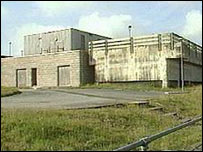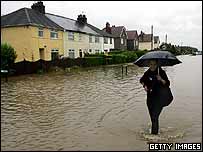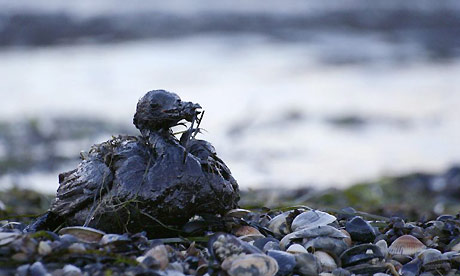A recent report into Britain’s worst case of water poisoning has been criticised by members of the investigating committee. The report by the Committee on Toxicity Lowermoor Sub-Group into the medical effects of the incident will be subsequently reviewed.
The incident in question occurred in 1988 when twenty tonnes of aluminium sulphate was delivered into the wrong tank at a water treatment works at Lowermoor on the edge of Bodmin Moor. People affected reported a range of health issues from brain damage and memory loss to joint problems, The report did not find a conclusive link between these illnesses and the incident. However, several recent deaths are thought to be attributed to the incident and the ill-effects it caused.
Local representatives on the committee, homeopath Peter Smith and environmental scientist Doug Cross, have said that: “Recent deaths of people exposed to the aluminium-contaminated water have called into question some of the conclusions of the committee” and have appealed to the Prime Minister for a review of the case. Mr Cross’s 58-year old wife Carole, who lived in Camelford at the time of the pollution, died in 2004 and an autopsy revealed abnormally high levels of aluminium in her brain. She suffered from a neurological disease. Irene Neal, 91, whose home was served by the Camelford water system, died in a nursing home in Buckfastleigh, south Devon, in June, and a brain autopsy carried out revealed an “unacceptable amount of aluminium in the brain”. Their views are supported by an article in the British Medical Journal, published in 1999, which said it was “highly probable” that aluminium poisoning did cause brain damage in some people.
After a trial at Exeter Crown Court in 1991, the South West Water Authority was fined £10,000 and £25,000 in court costs for supplying water likely to endanger public health. Three years later, 148 victims of the incident reached an out of court settlement, with payments ranging from £680 to £10,000.
In my opinion the water company got off very lightly for what I believe was negligence which ultimately caused ill health and death in a community.
Source: http://news.bbc.co.uk/1/hi/england/cornwall/7137973.stm (11th December 2007)




You must be logged in to post a comment.